Western nations have dominated much of the world for nearly five centuries. During this era, European nations – and later, the United States – gained power and spread the influence of Western civilization over much of the globe. China and Japan were forcibly opened to European and American trade. Africa, India, and much of Asia were overwhelmed and carved up by Western powers. The Russian Empire fell to the communists and then lost the Cold War to the West, at least for those ten horrible years of 1990s under President Boris Yeltsin.
Yet, in recent decades, the pages of history have begun to turn, and we have entered a new era. Scholars note that in the twentieth century, “the expansion of the West” came to an end and “the challenge against the West” began, as other civilizations re-emerged on the world stage (The Clash of Civilizations and the Remaking of World Order, Samuel P. Huntington, p. 53). Today, we face another major turning point in history – “one of those rare moments in history when the political and economic axis of the world is shifting” – away from the West and toward the East (The Dawn of Eurasia, Bruno Maçães, p. 1).
But how will this major shift impact the world, as civilizations in the East emerge to challenge once-dominant Western powers?
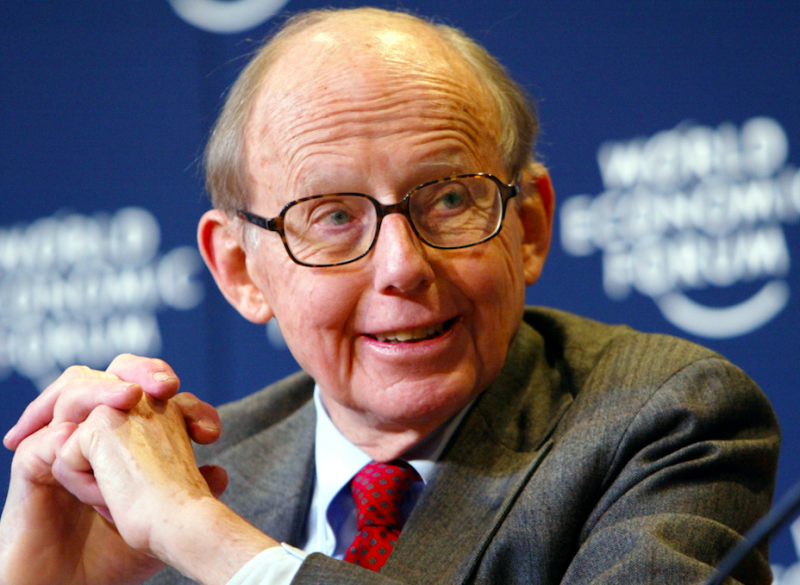
Wikimedia commons
As stated in Wikipedia, the Clash of Civilizations is a hypothesis that people’s cultural and religiousidentities will be the primary source of conflict in the post-Cold War world. The American political scientist Samuel P. Huntington argued that future wars would be fought not between countries, but between cultures. It was proposed in a 1992 lecture [1] at the American Enterprise Institute, which was then developed in a 1993 Foreign Affairs article titled “The Clash of Civilizations?”,[2] in response to his former student Francis Fukuyama‘s 1992 book, The End of History and the Last Man. Huntington later expanded his thesis in a 1996 book The Clash of Civilizations and the Remaking of World Order.
The phrase itself was earlier used by Albert Camusin 1946,[3] by Girilal Jainin his analysis of the Ayodhya dispute in 1988,[4] by Bernard Lewis in an article in the September 1990 issue of The Atlantic Monthly titled “The Roots of Muslim Rage”[5]and by Mahdi El Mandjrain his book “La première guerre civilisationnelle” published in 1992.[6][7]Even earlier, the phrase appears in a 1926 book regarding the Middle East by Basil Mathews: Young Islam on Trek: A Study in the Clash of Civilizations (p. 196). This expression derives from “clash of cultures”, already used during the colonial period and the Belle Époque.[8]
Huntington began his thinking by surveying the diverse theories about the nature of global politics in the post-Cold War period. Some theorists and writers argued that human rights, liberal democracy, and the capitalist free market economy had become the only remaining ideological alternative for nations in the post-Cold War world. Specifically, Francis Fukuyama argued that the world had reached the ‘end of history‘ in a Hegelian sense.
Huntington believed that while the age of ideology had ended, the world had only reverted to a normal state of affairs characterized by cultural conflict. In his thesis, he argued that the primary axis of conflict in the future will be along cultural lines.[9] As an extension, he posits that the concept of different civilizations, as the highest rank of cultural identity, will become increasingly useful in analyzing the potential for conflict. At the end of his 1993 Foreign Affairs article, “The Clash of Civilizations?”, Huntington writes, “This is not to advocate the desirability of conflicts between civilizations. It is to set forth descriptive hypothesis as to what the future may be like.” [2]
In addition, the clash of civilizations, for Huntington, represents a development of history. In the past, world history was mainly about the struggles between monarchs, nations and ideologies, such as seen within Western civilization. But after the end of the Cold War, world politics moved into a new phase, in which non-Western civilizations are no longer the exploited recipients of Western civilization but have become additional important actors joining the West to shape and move world history.[10]
RE-EMERGENCE OF RUSSIA
The current leader of Russia is Vladimir Putin, a dedicated nationalist and former KGB officer with strong Orthodox Christian beliefs. Disheartened by the collapse of the U.S.S.R. and the failure of Marxism, his goal has been to unite a fractured country, and – as a modern Peter the Great – restore the national pride of Russia. He reminds Russians that they successfully repulsed invasions from the West launched by Napoleon and Nazi Germany. Under his watch, the Orthodox Church has replaced the communist party as the foundation of Russian society.
As Samuel Huntington argues,“For peoples seeking identity and reinventing ethnicity, enemies are essential”(Huntington, p. 20). For many, such as President Putin, America and other nations of Western civilization are ready candidates for that role.
As the leader of one of the core nations of Orthodox civilization, President Putin is concerned about the precarious spread of NATO into Eastern Europe and about China’s economic and cultural advances into western Eurasia. His alternative plan is to create a zone of Russian influence, the Eurasian Economic Union (EEU), that will counter the pull of the European Union and the influence of China’s New Silk Road Initiative – even though China and Russia share a communist past and a historic alienation from Western values. As Russia has grown, Russia is misperceived as a threat. This effort is being led by those in Washington who are resisting a multi-polar world order at any cost. They accuse the 2014 reunification of Crimea with Russia, – which they mischaracterize as “annexation” – and eastern Ukraine (both of which are primarily Russian and Orthodox) to justify their antagonism towards Russia. This provides insight into how a more aggressive Washington and her NATO allies will behave in the future.
CHINA AWAKENS
Eurasia is the world’s largest landmass and the location of a vast portion of the world’s population and resources. This region contains several of the world’s largest economies. The most formidable and dynamic country in Eurasia is China. China’s current [life-long] leader, President Xi Jinping, seeks to restore China’s greatness after more than a century of humiliation at the hands of Western powers. Like Russia, the Chinese government correctly views the West, albeit up to now a solid economic partner in the case of US, in order to “bolster its appeal to Chinese nationalism and legitimate its power”- a role filled by America and the West (Huntington, p. 224).
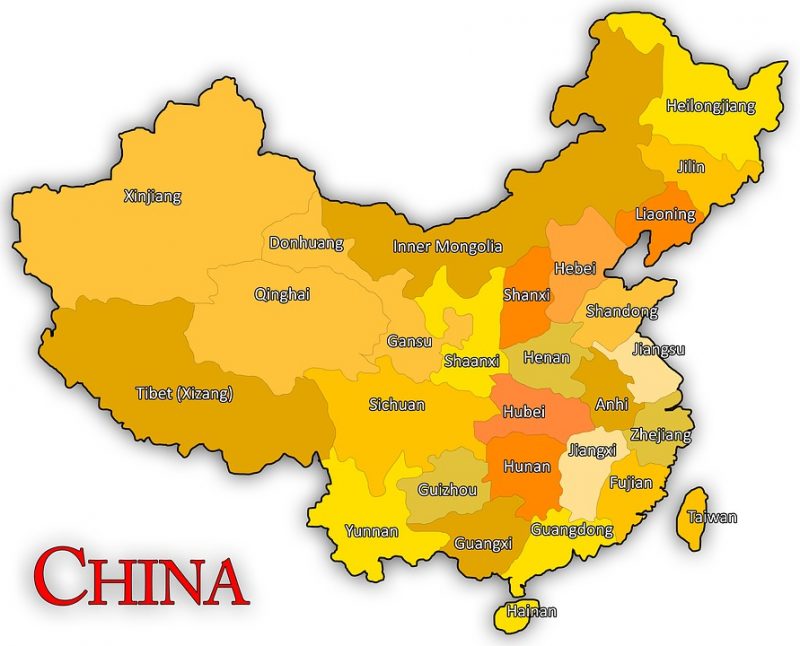
Pixabay
Under President Xi’s guidance, China’s goal is to assume its historic role as the leader in Asia and to become a major player on the world stage. To this end, he is promoting a Belt and Road Initiative that devotes immense resources to the building of roads, railways, harbors, power plants and pipelines across Asia and around the world. He seeks to enhance trade and open markets for Chinese labor and products, and to give China access to resources – oil, gas, coal, and minerals – that its expanding economy desperately needs.
However, President Xi’s aggressive leadership has raised concerns among China’s neighbors and other world powers. Massive loans to less-developed nations will make those countries more amenable to supporting China’s interests. Some fear its developing infrastructure and transportation projects could be used to move Chinese troops. President Xi has also shown a willingness to crack down hard on internal dissent, and he has pledged to protect his nation’s interests and citizens living abroad. China recently established a military base on the Red Sea in Djibouti to protect Chinese interests. While some see China’s military buildup and activities in the South China Sea as provocative, China views these actions as defensive – meant to ensure it is never again threatened by foreign powers. China and Russia have conducted joint military exercises, and neither has any intention of being under the thumb of Western nations anymore. Bruno Maçães argues that Russia and China’s goal is to “overtake and replace the West as they work to establish a new political order more amenable to their own interests (Maçães, pp. 121–122). I fundamentally disagree with Maçães’ assessment. It is too simplistic in a much larger multi-polar world order which is shifting and shaping continuously.
Today, as we see the age of Western dominance and suppression coming to an end and the world’s center of gravity shifting to the East, conversant observers such as Samuel Huntington warn that “the rise of China is the potential source of a big inter-civilizational war of core states” (Huntington, p. 209). While some nations will try to prevent or contain this shift, other nations will want to join forces with the rising civilizations.
In his book China’s Asian Dream, economic analyst Tom Miller reminds readers that Napoleon once described China as a sleeping lion that will “shake the world” when it awakes. If this coming clash of civilizations that Samuel Huntington and Tom Miller discuss ever comes to full manifestation, the roar of that lion and its allies will indeed be heard around the world.
References
1) “U.S. Trade Policy – Economics”. AEI. 2007-02-15. Archived from the original on 2013-06-29.
2) The Clash of Civilizations?, Foreign Affairs, Summer 1993
3) le problème russo-américain, et là nous revenons à l’Algérie, va être dépassé lui-même avant très peu, cela ne sera pas un choc d’empires nous assistons au choc de civilisations et nous voyons dans le monde entier les civilisations colonisées surgir peu à peu et se dresser contre les civilisations colonisatrices.
4) Elst K., Some recollections from my acquaintance with Sita Ram Goel in Elst, K. (2005). India’s only communalist: In commemoration of Sita Ram Goel. Also: Elst, K. India’s Only Communalist: an Introduction to the Work of Sita Ram Goel, in Sharma, A. (2001). Hinduism and secularism: After Ayodhya. Basingstoke: Palgrave.
5) Bernard Lewis: The Roots of Muslim Rage The Atlantic Monthly, September 1990
6) Elmandjra, Mahdi (1992).Première guerre civilisationnelle (in French). Toubkal.
7) Samuel P. Huntington, The Clash of Civilizations (1996), p. 246: ” ‘La premiere guerre civilisationnelle’ the distinguished Moroccan scholar Mahdi Elmandjra called the Gulf War as it was being fought.”
8) Louis Massignon, La psychologie musulmane (1931), in Idem, Ecrits mémorables, t. I, Paris, Robert Laffont, 2009, p. 629: “Après la venue de Bonaparte au Caire, le clash of cultures entre l’ancienne Chrétienté et l’Islam prit un nouvel aspect, par invasion (sans échange) de l’échelle de valeurs occidentales dans la mentalité collective musulmane.”
9) Mehbaliyev (30 October 2010). “Civilizations, their nature and clash possibilities (c) Rashad Mehbal…”.
10) Murden S. Cultures in world affairs. In: Baylis J, Smith S, Owens P, editors. The Globalization of World Politics. 5th ed. New York: Oxford University Press; 2011. p. 416-426.





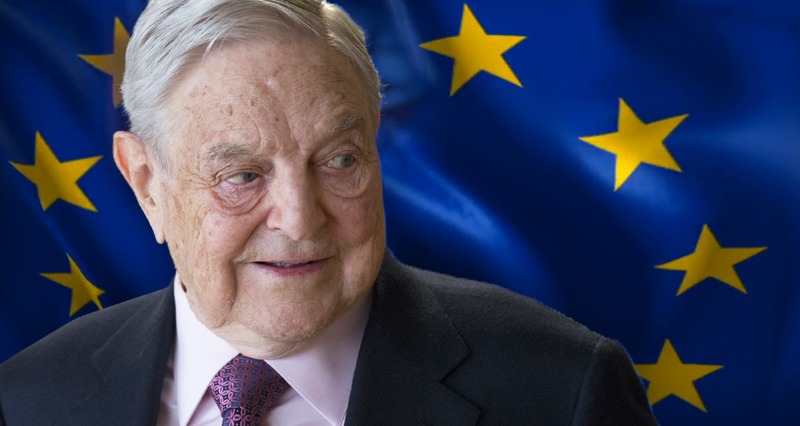

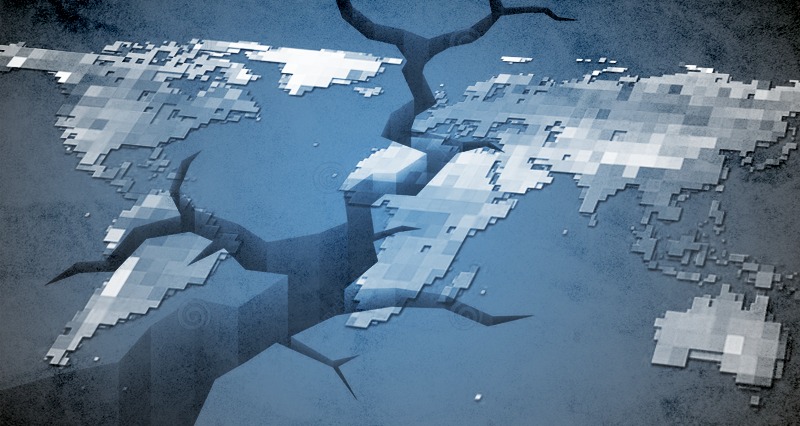
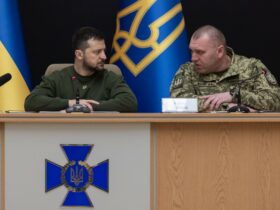
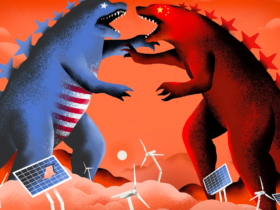
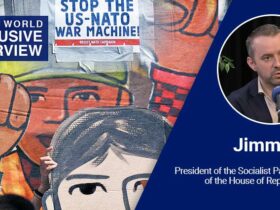
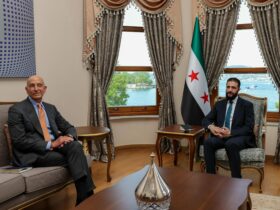
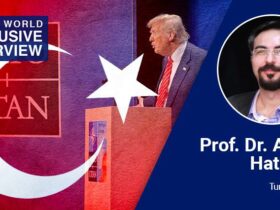
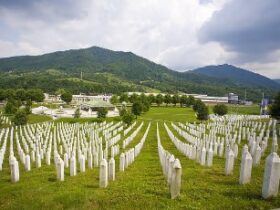

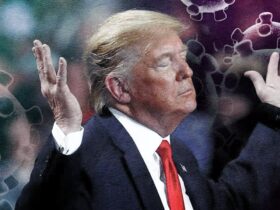

Leave a Reply